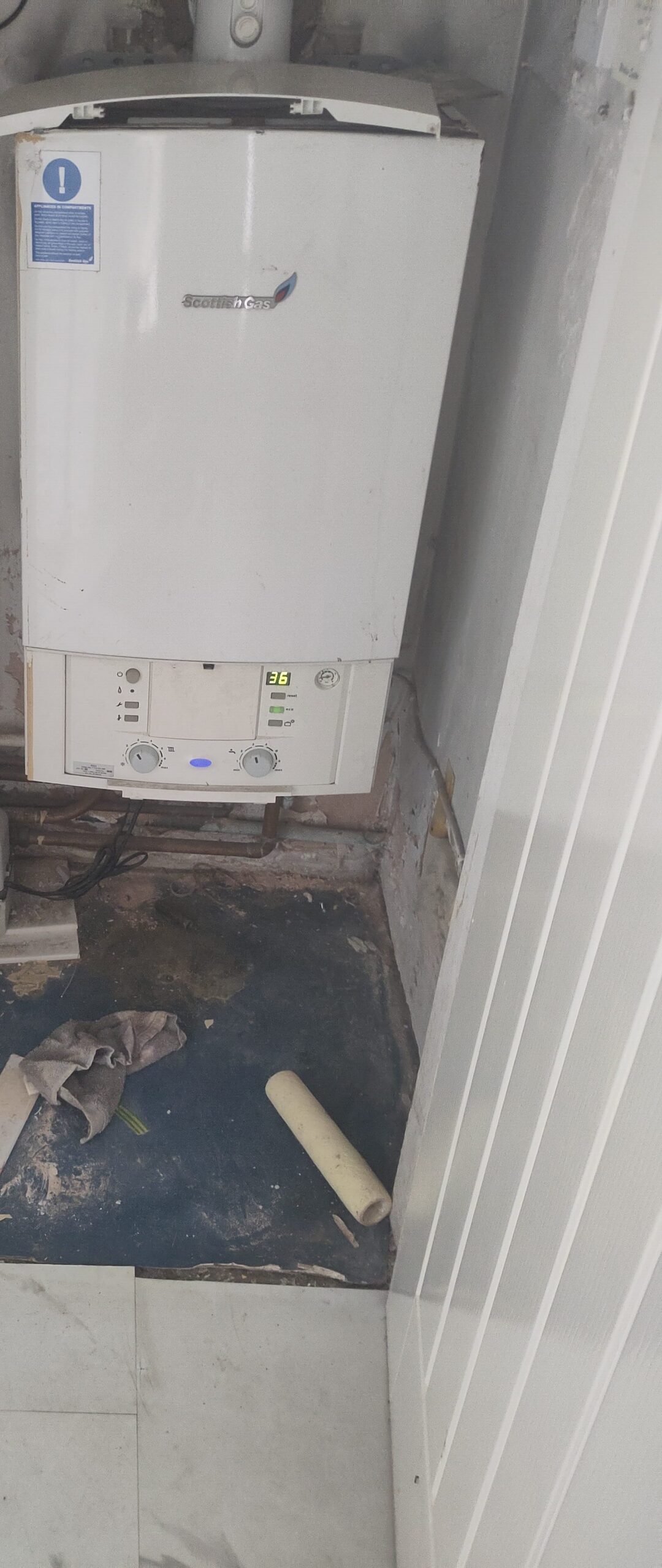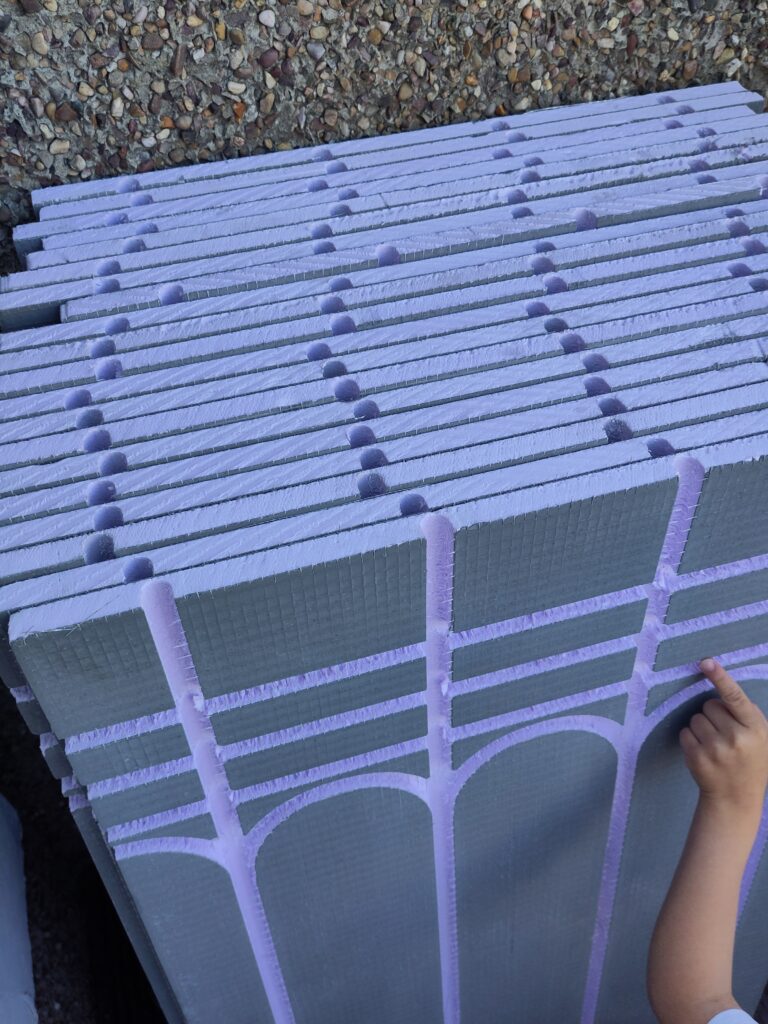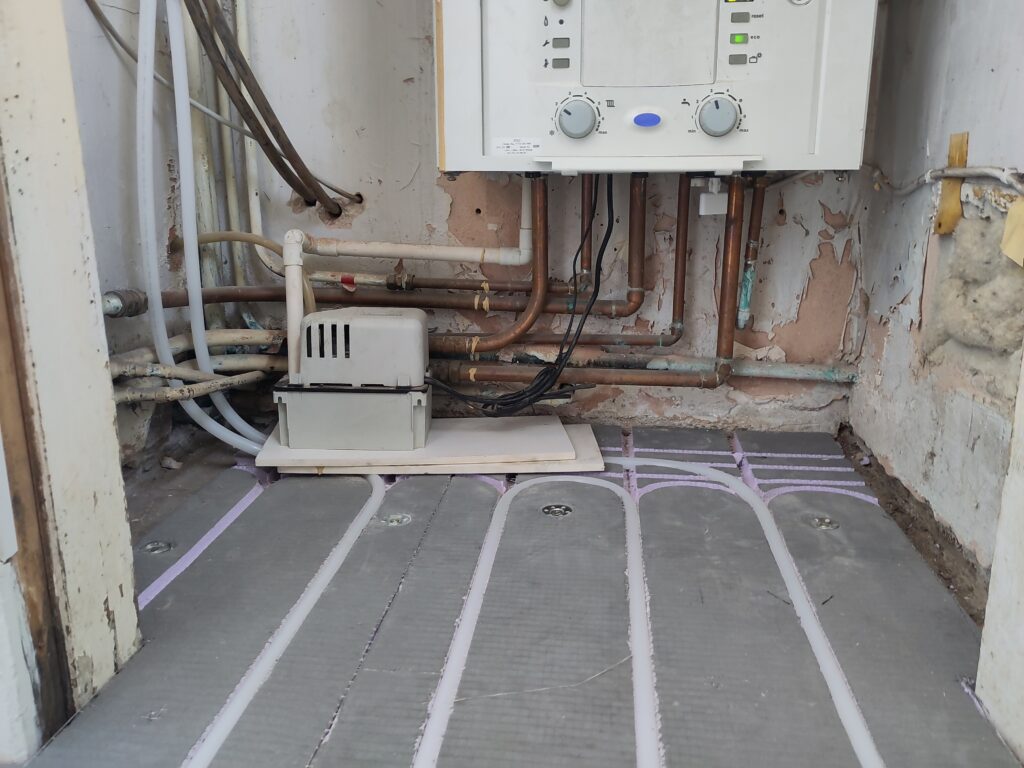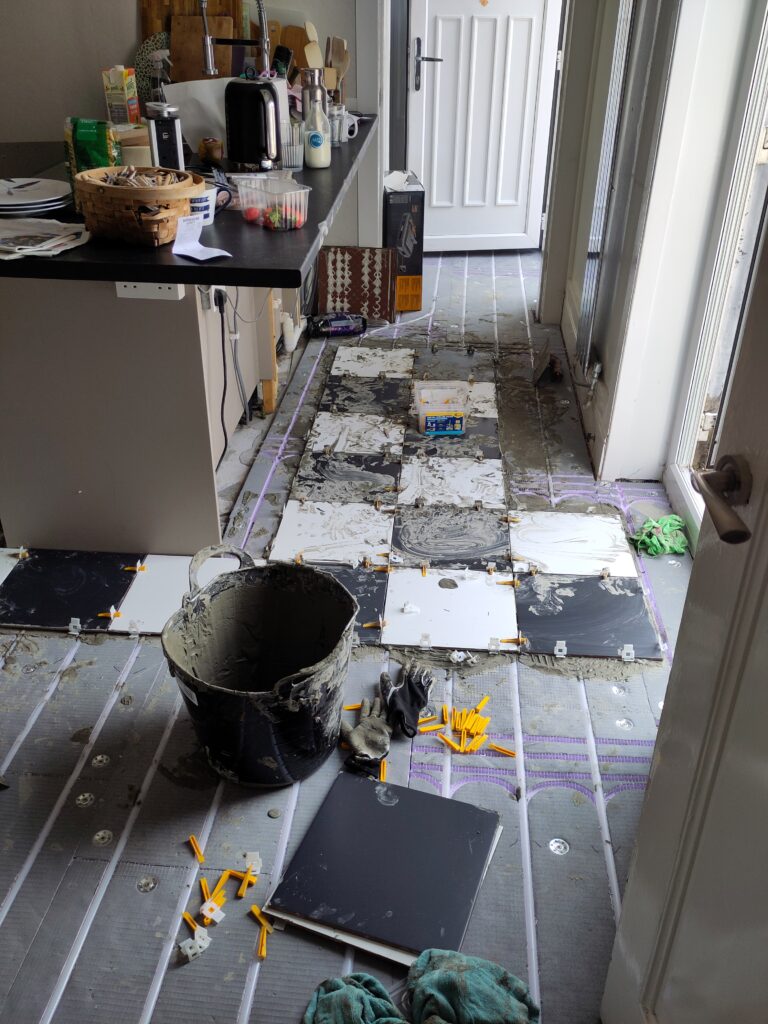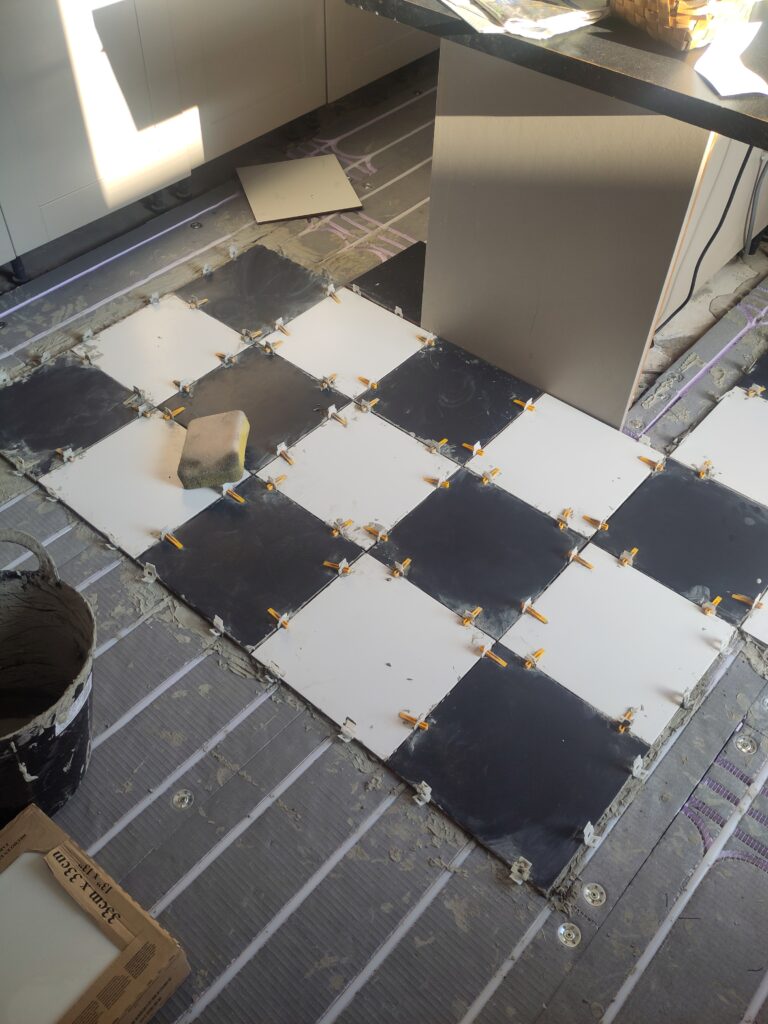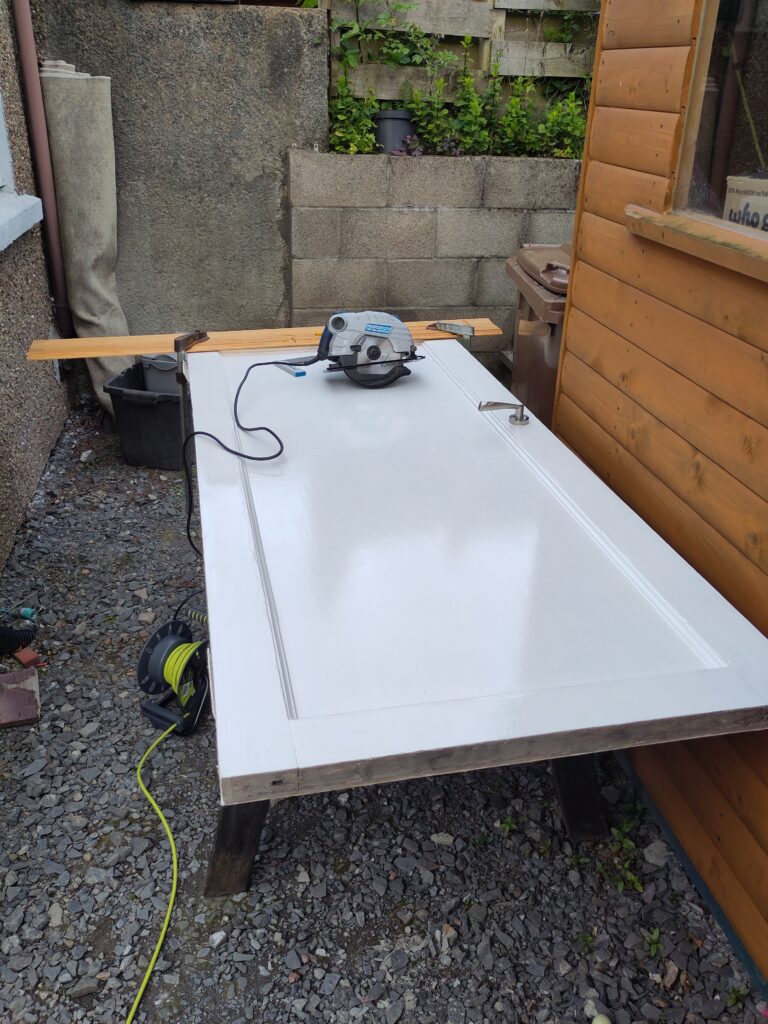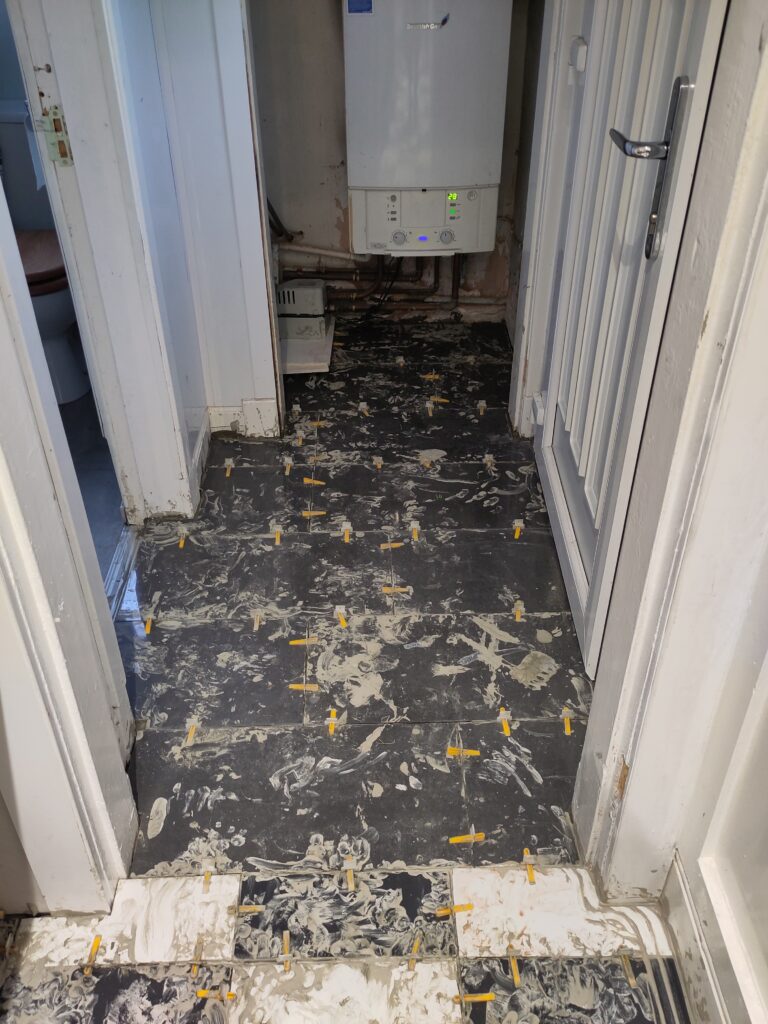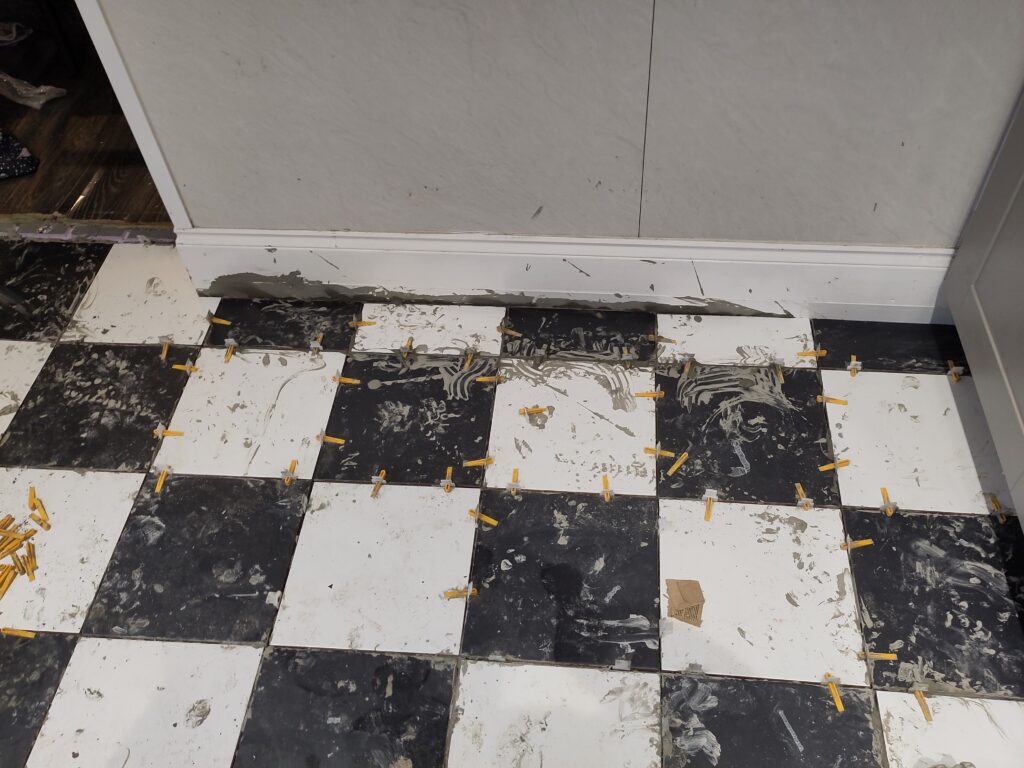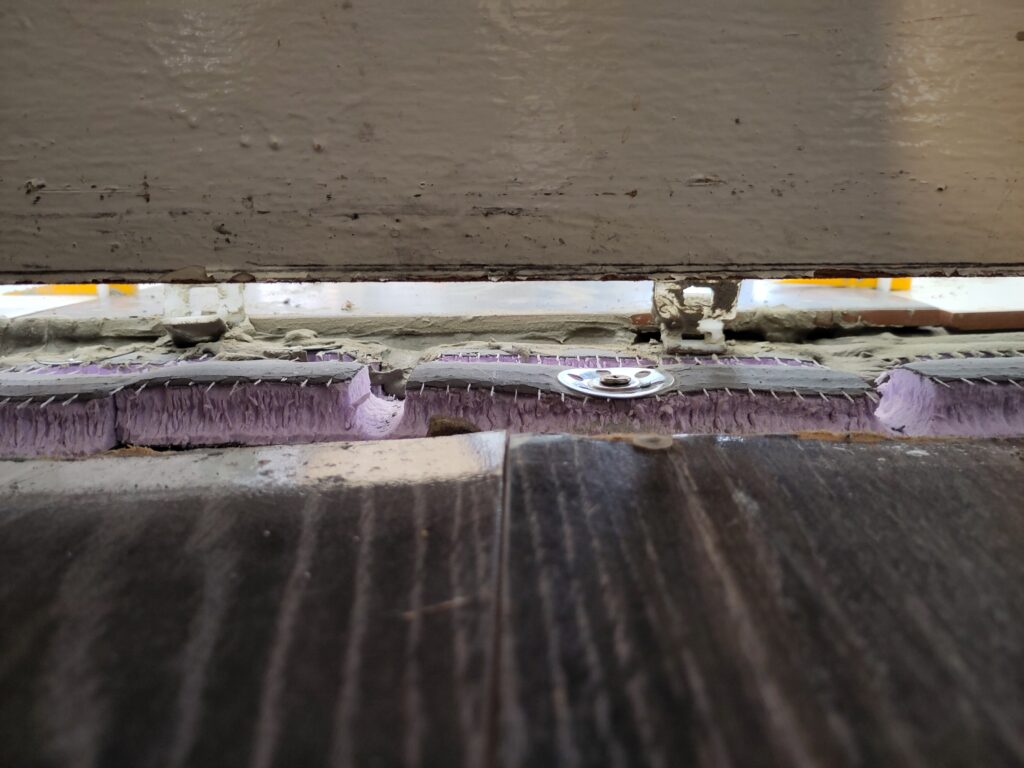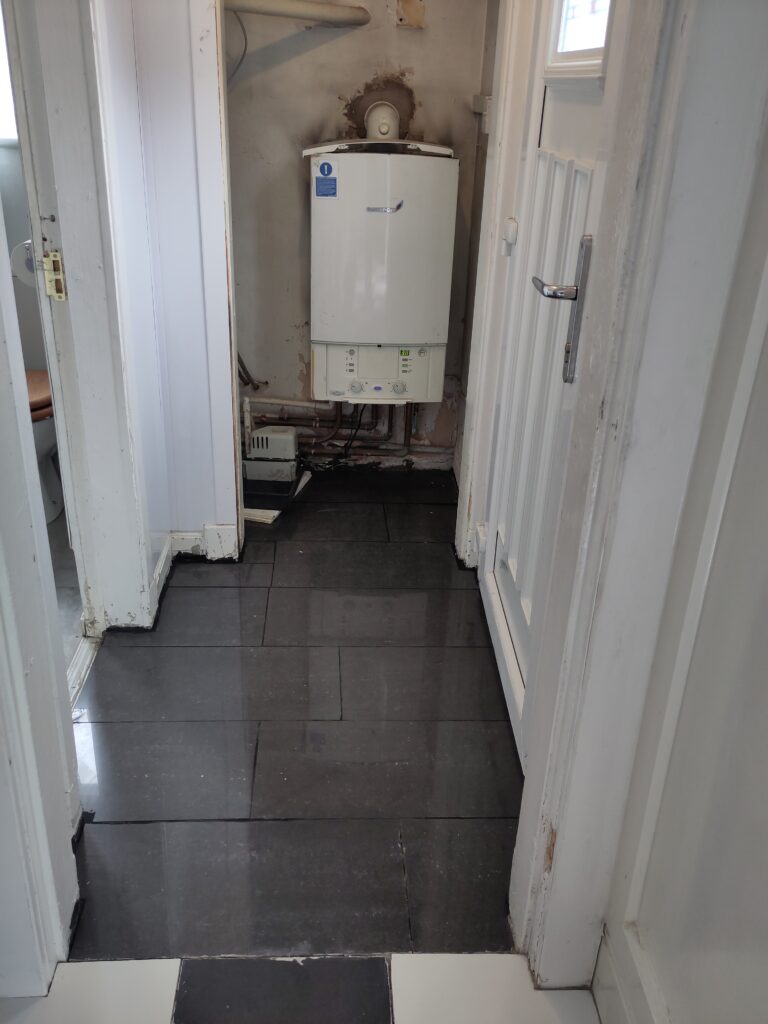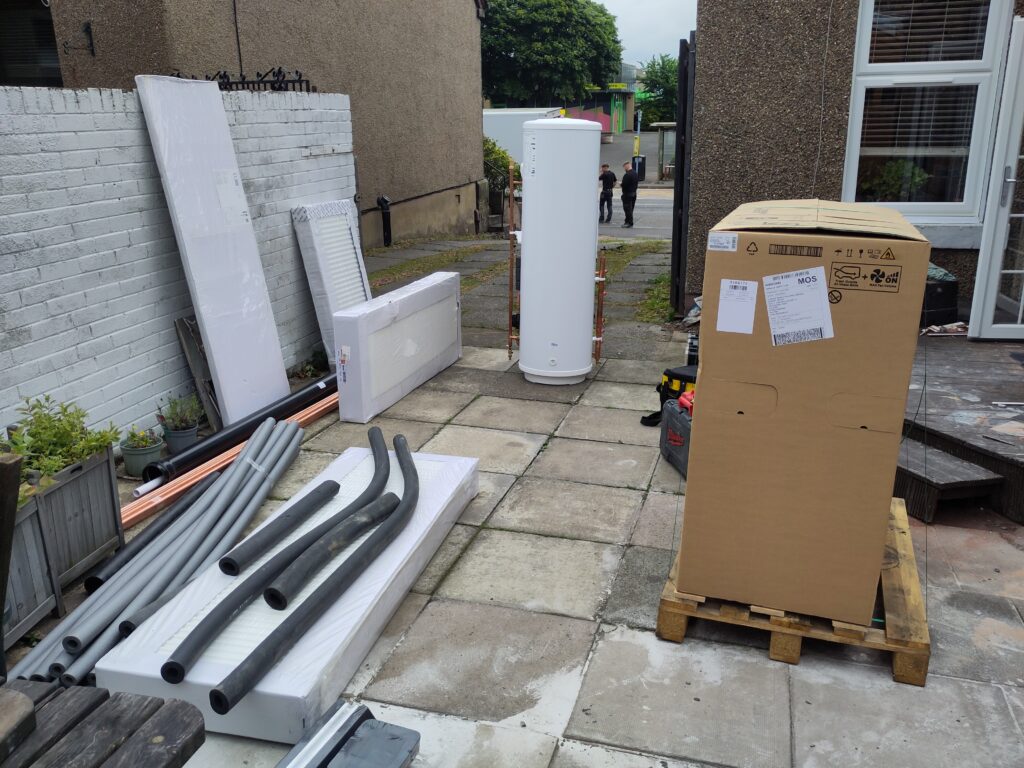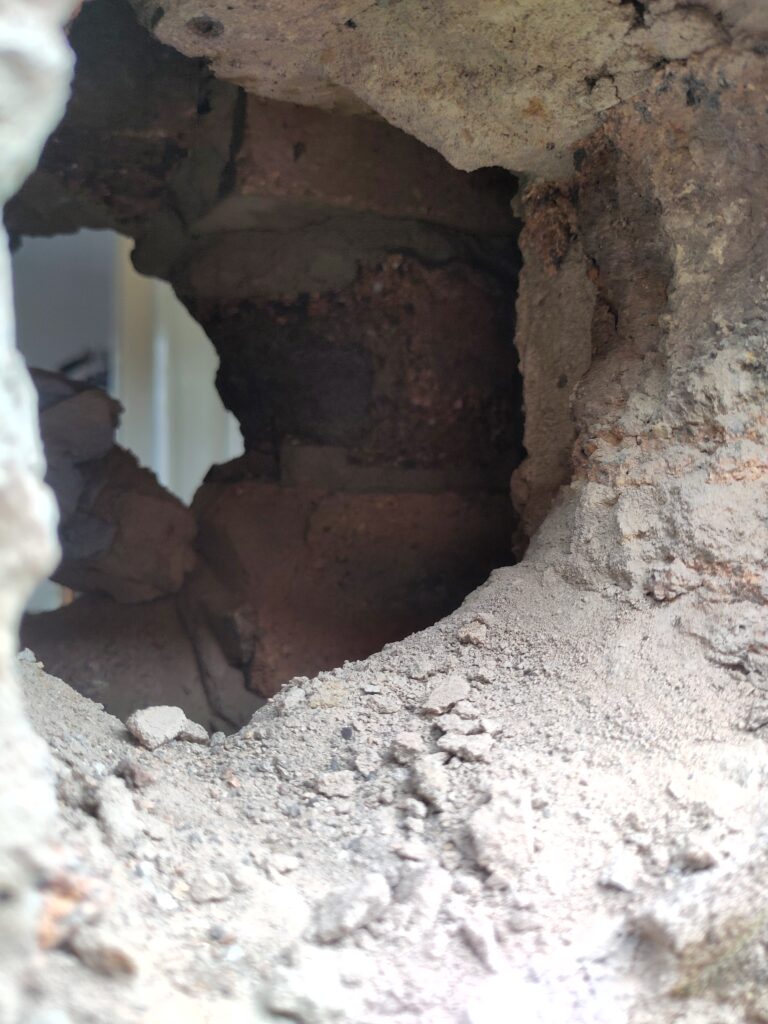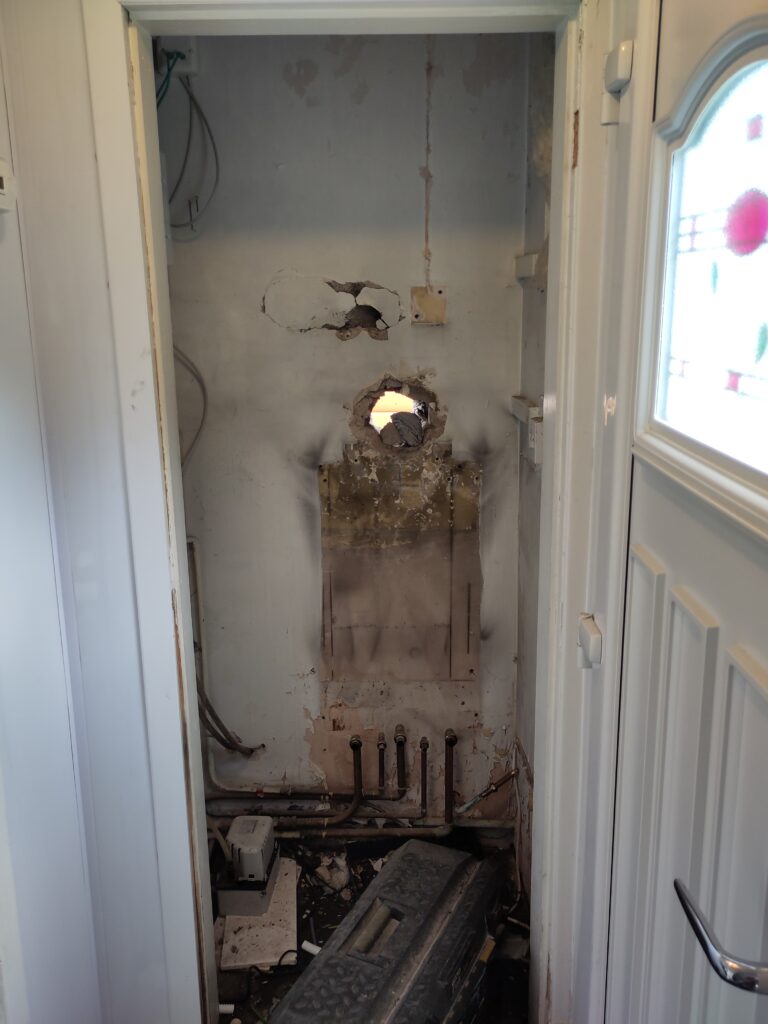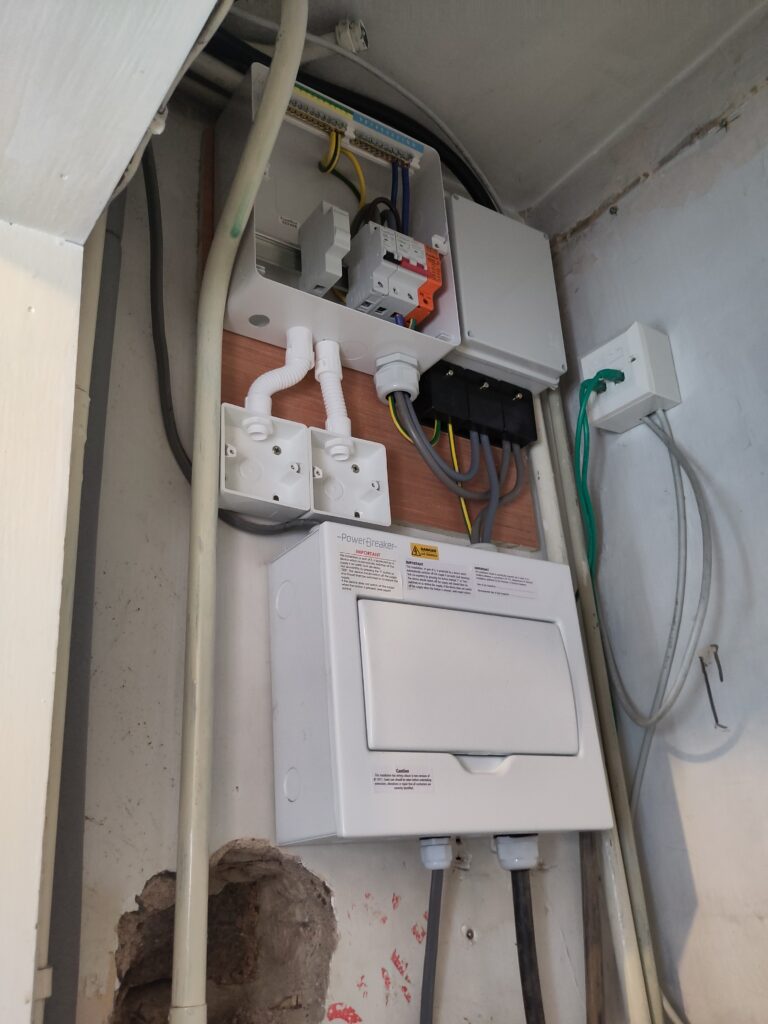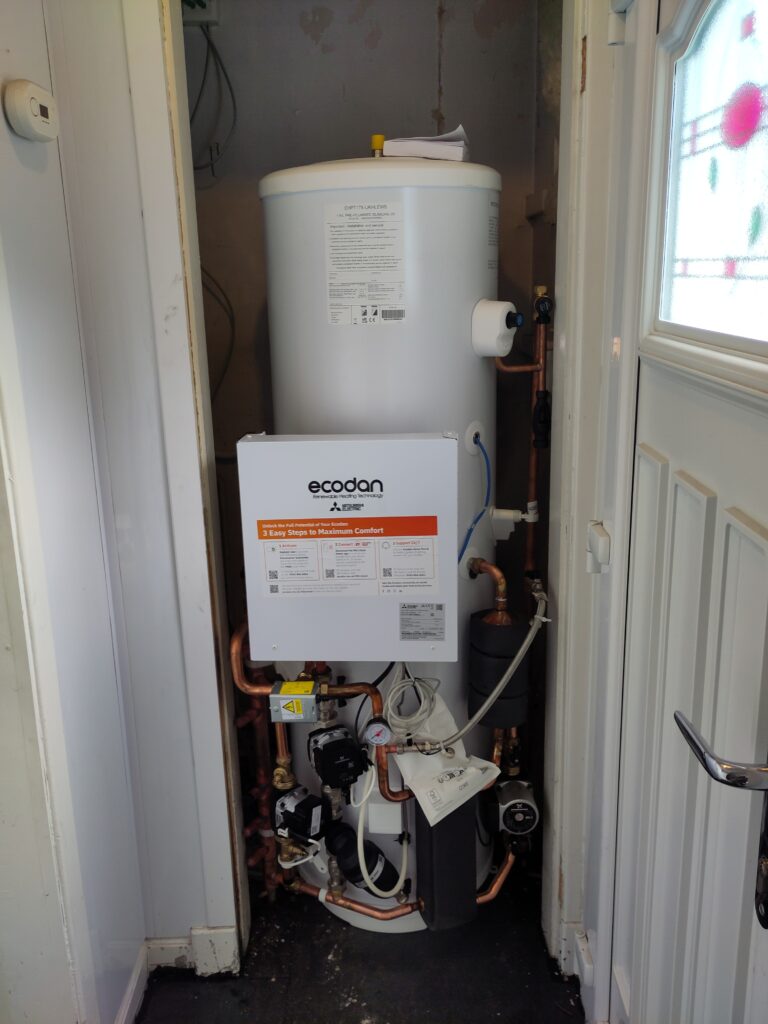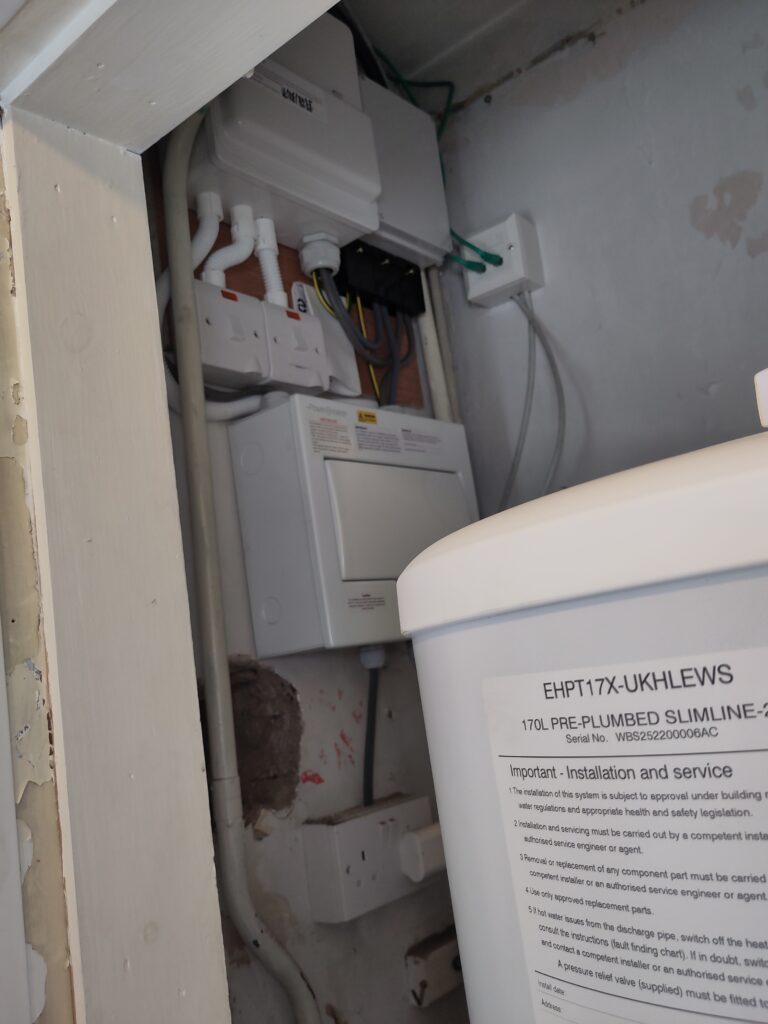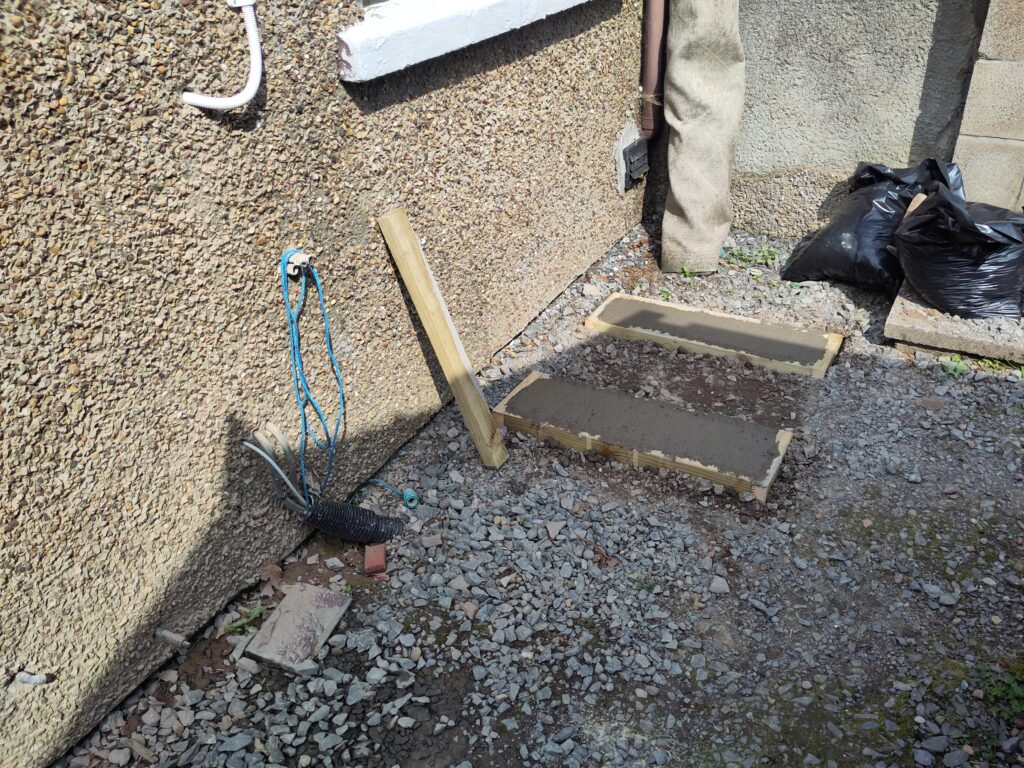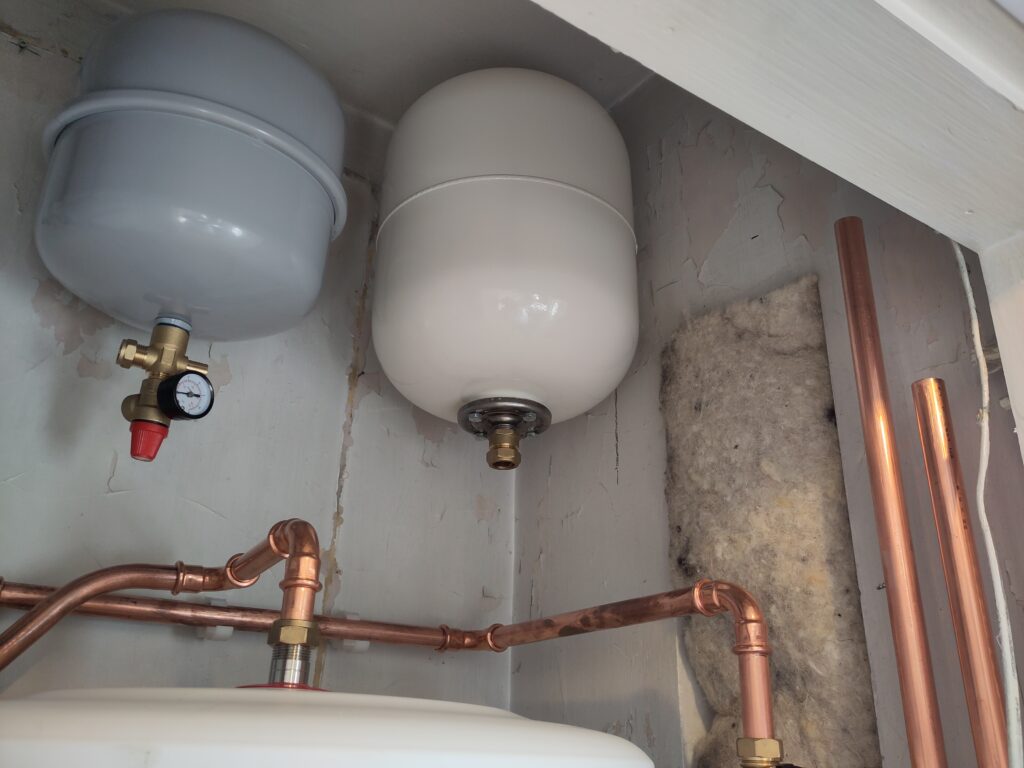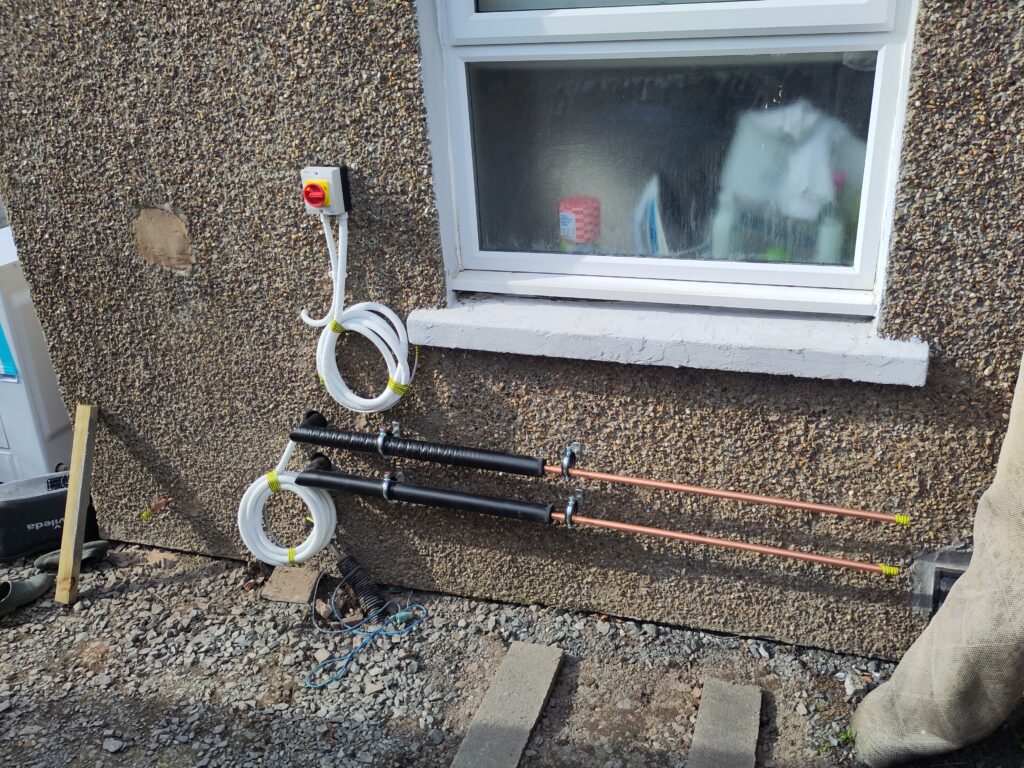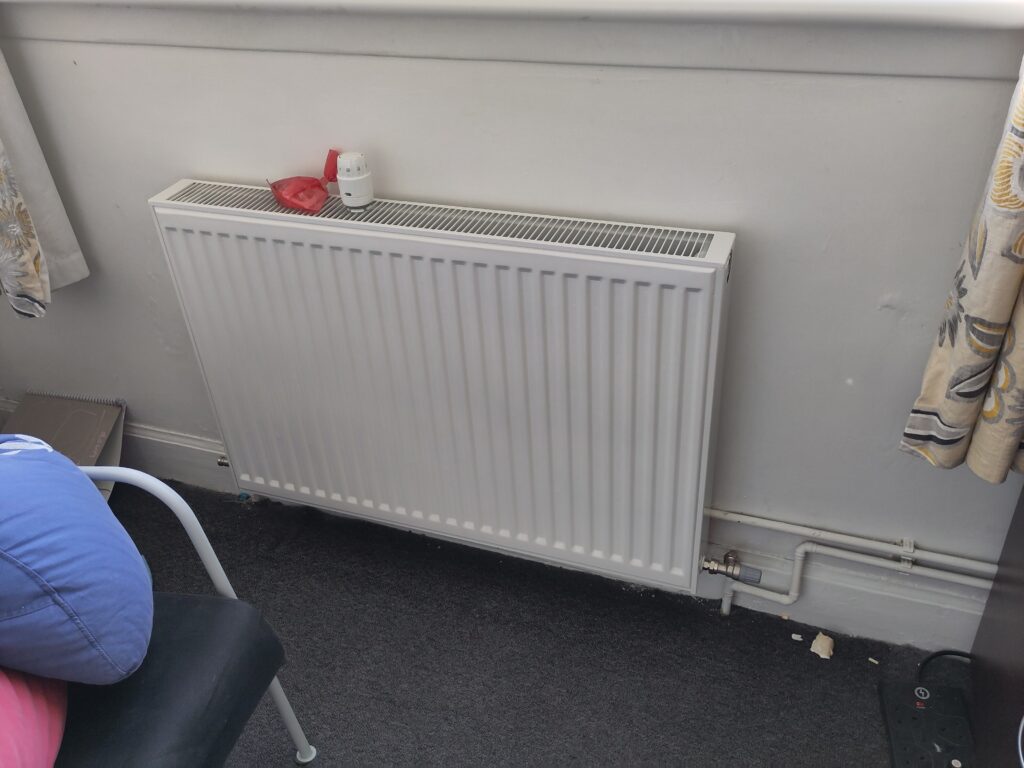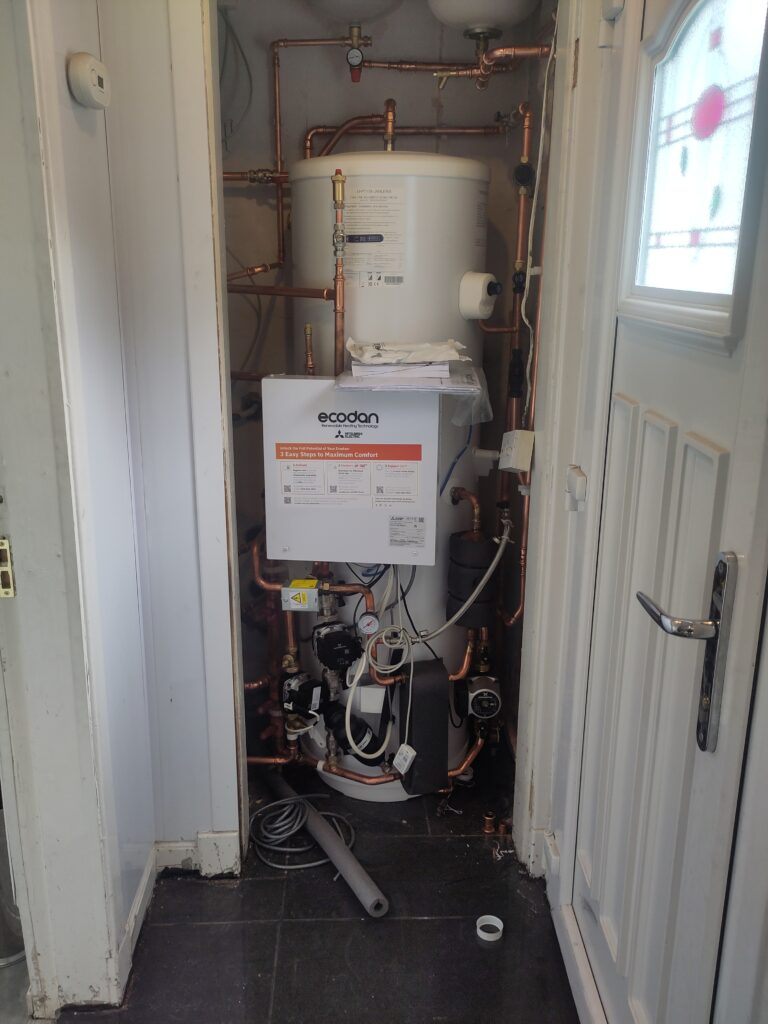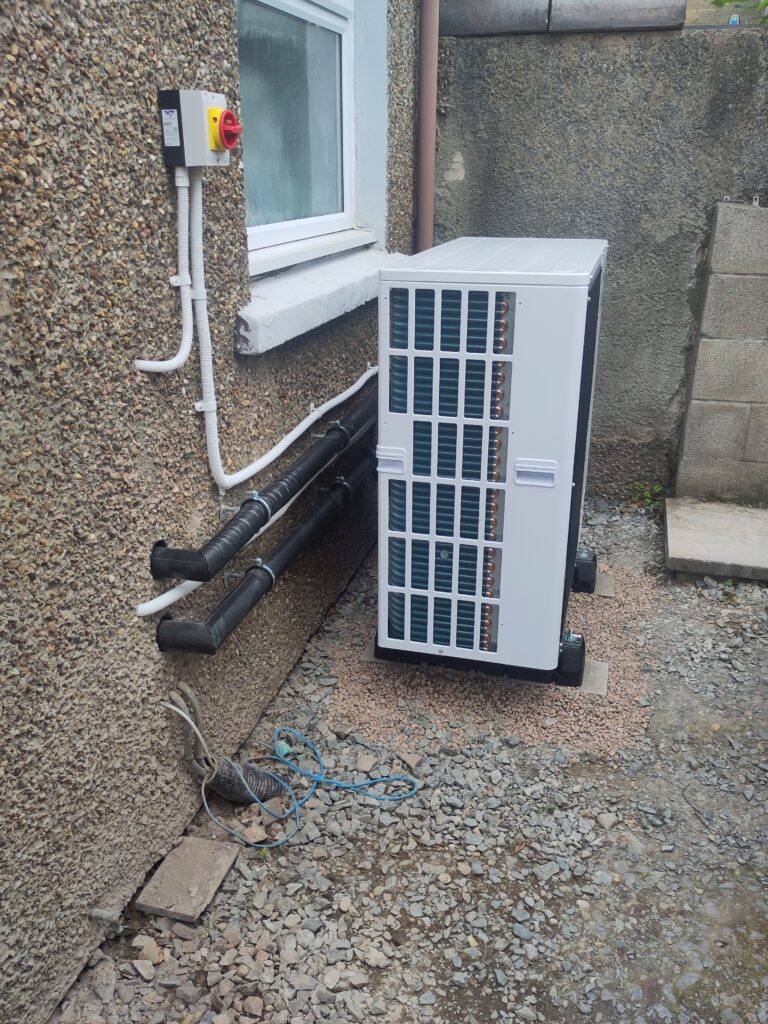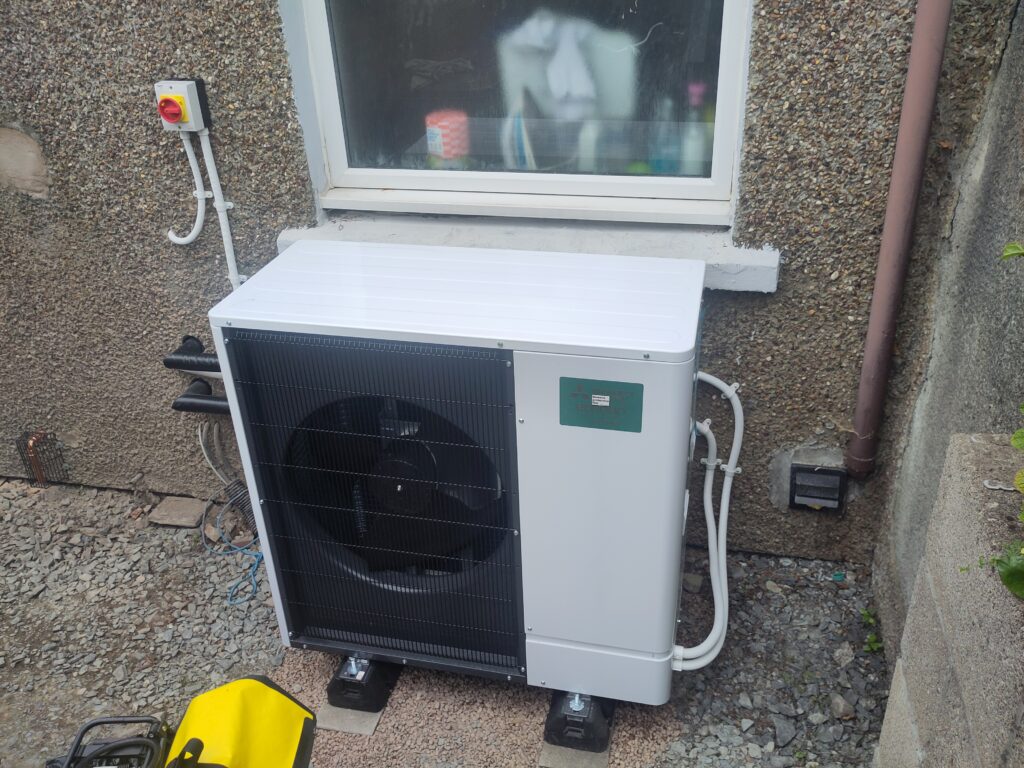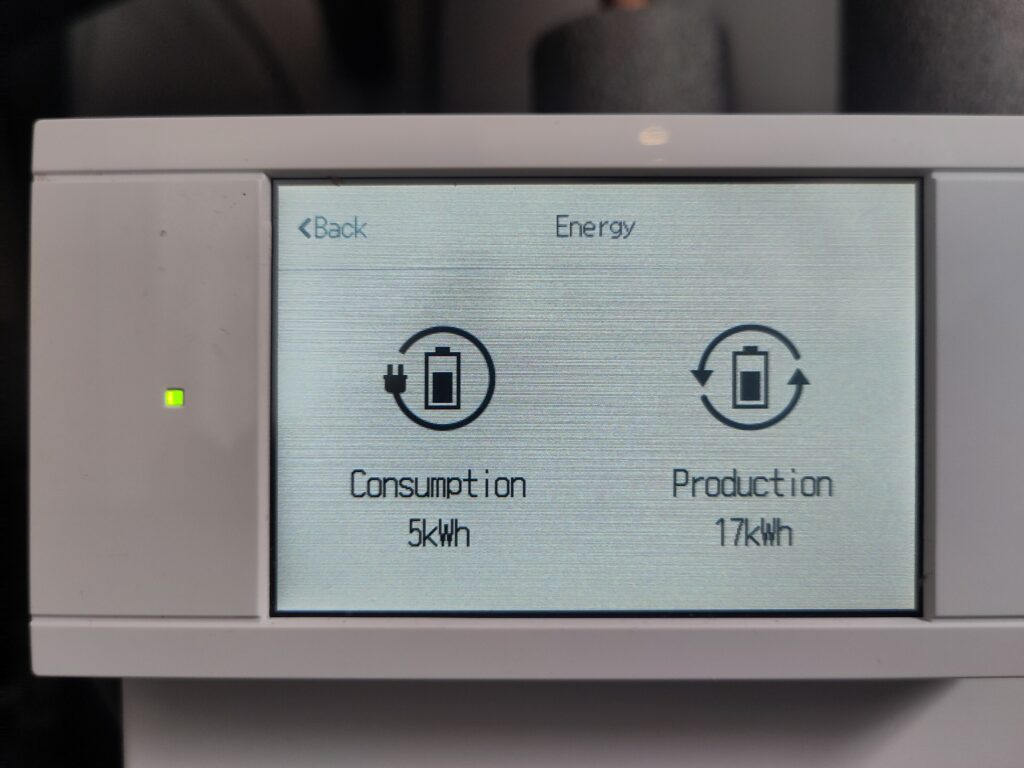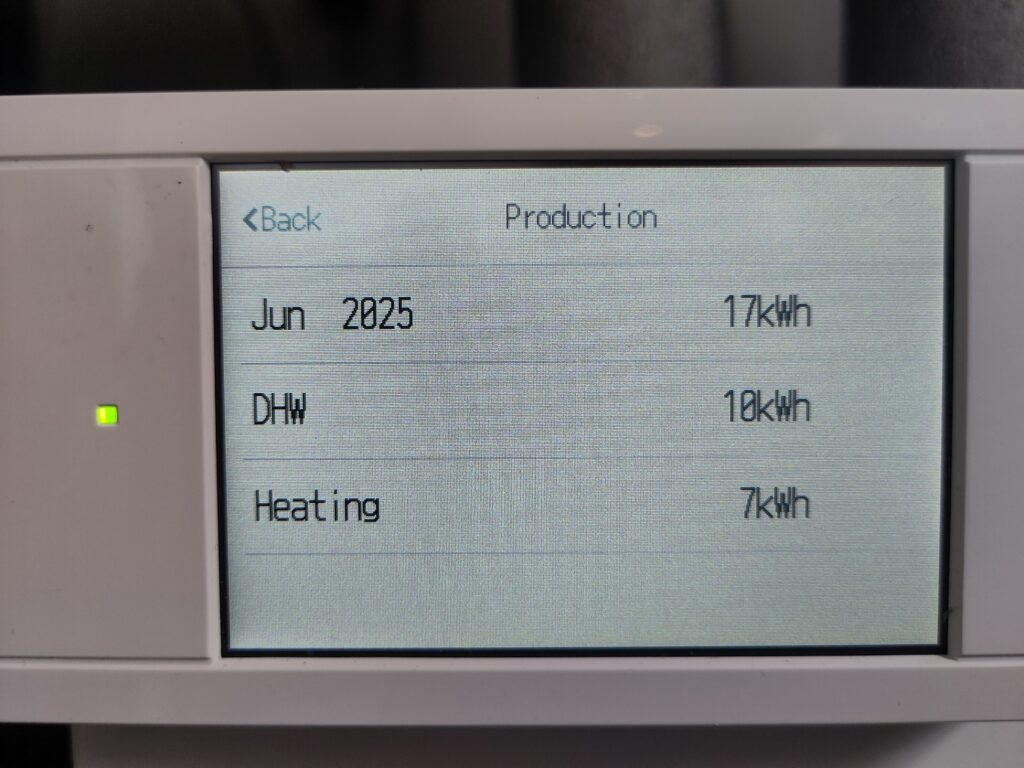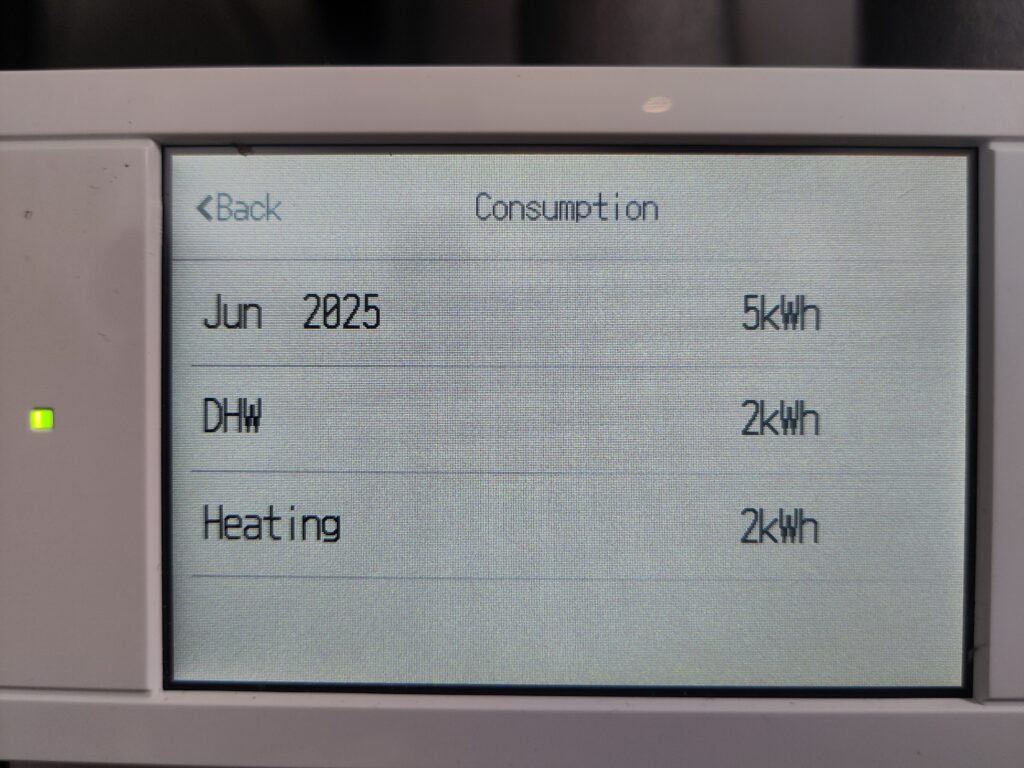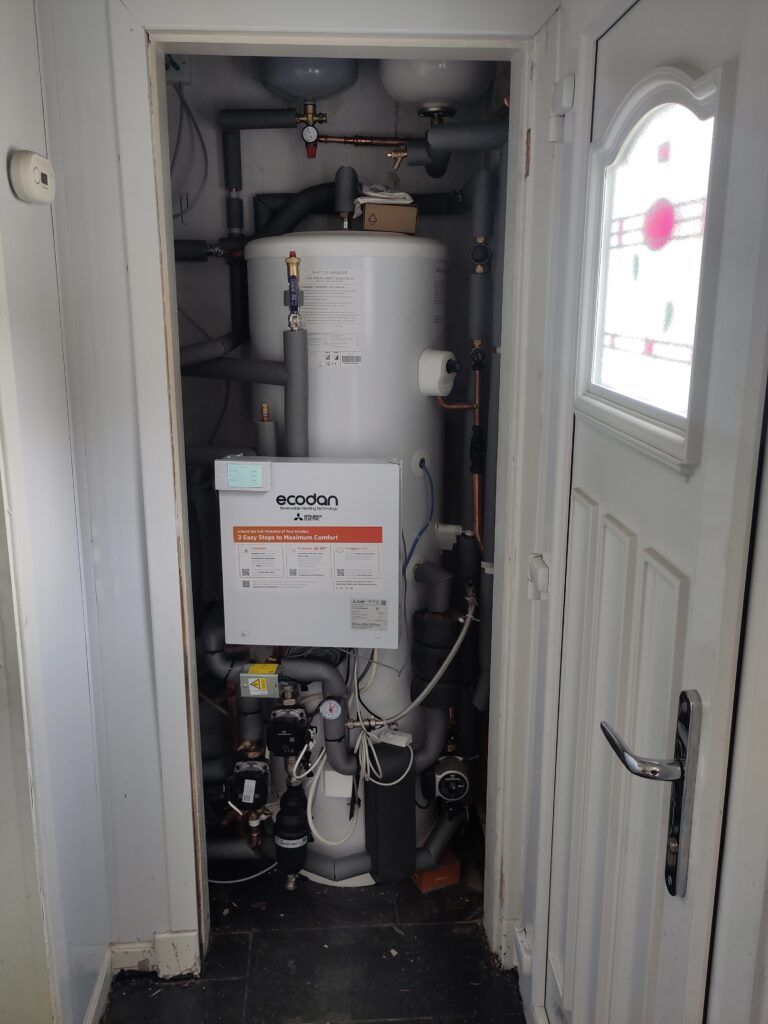weeklyOSM
weeklyOSM 805
18/12/2025-24/12/2025 [1] OSM-based web app to display Wikidata items around a location | © Rtnf | Map data © OpenStreetMap Contributors. Community [1] rtnf has developed WD-NearbyItem, an OpenStreetMap-based web app to display the Wikidata items around a location. bmaczero has setup a MapRoulette task to fix multi-pitch tennis courts in the US. Malle Yeno…Continue reading →
18/12/2025-24/12/2025

[1] OSM-based web app to display Wikidata items around a location | © Rtnf | Map data © OpenStreetMap Contributors.
Community
- [1] rtnf has developed WD-NearbyItem, an OpenStreetMap-based web app to display the Wikidata items around a location.
- bmaczero has setup a MapRoulette task to fix multi-pitch tennis courts in the US.
- Malle Yeno shared his 2025 OSM mapping activities in Regina, Saskatchewan, Canada, ranging from StreetComplete surveys, street-level imagery collection, pavement (sidewalk) mapping, and indoor mapping, to maintaining the city’s OSM Wiki page and proposing new OSM tags.
- Pieter Vander Vennet explained the current complexity and problems with the existing road crossing tagging scheme on OpenStreetMap and called on the community to improve it together.
- rphyrin shared the thoughts he had when wearing
 an OpenStreetMap-based t-shirt.
an OpenStreetMap-based t-shirt.
- SilvEsth blogged that YouthMappers UMSA Bolivia have participated in mapping the Senda Verde Wildlife Sanctuary, in the Amazon rainforest of Bolivia, and the Puma Katari public transportation network in the city of La Paz.
Local chapter news
- The OpenStreetMap US December 2025 newsletter has been published.
- OpenStreetMap US recounted several of their notable moments of 2025.
OSM research
- Zijian Hu and others have used OpenStreetMap data to estimate network-wide road traffic flow in 15 cities across Europe and North America. You can access the full article published in Communications in Transportation Research.
OSM in action
- Astrid has won
 ►
► first prize in the recent GNU/Linux.ch Advent giveaway, a Purism Librem 5 smartphone, by correctly solving the puzzle and submitting an OpenStreetMap-themed short story.
first prize in the recent GNU/Linux.ch Advent giveaway, a Purism Librem 5 smartphone, by correctly solving the puzzle and submitting an OpenStreetMap-themed short story.
Open Data
- fghj753 reported that the Estonian government is planning to make their open aerial imagery less detailed after criticisms from several homeowners over privacy concerns.
Software
- The CoMaps team shared the progress they made in 2025, how it was enabled by its active, all-volunteer community, and how you can help too.
- Bastian Greshake Tzovaras has released the comaps-map-distributor command-line tool to help users download and locally distribute the map files used by the CoMaps Android app.
- Daniel Schep shared what has recently changed in Ultra, a web application made to simplify making maps with MapLibre GL JS.
- The openstreetmap-website project has some new year gifts for users of the OSM website, including linked tag references in changeset comments and emojis in vector map layers.
- The BBBike Extracts Service now supports the column-orientated data format GeoParquet, as well as vector tile packages in the Shortbread schema in MBTiles format, for custom regions on request.
Programming
Releases
- CoMaps has released version 2025.12.19. In addition to fresh OpenStreetMap data from 17 December 2025, the new features on Android include better warnings about outdated maps when trying to edit OSM and the ability to specify your own remote server for downloading maps.
Did you know that …
- … ‘OpenStreetMap New Zealand’ has a tool for restoring the history of features that have been deleted and then redrawn?
Other “geo” things
- jnally, of Spatial Source, noted that the rare alignment of true north, magnetic north, and grid north in Great Britain (we reported earlier) is coming to an end and is not expected to occur again for several centuries.
- Adam Cox is the software designer for the OldInsuranceMaps.net site, which provides an open and online workflow for creating georeferenced layers of historical maps, especially those from the Sanborn Map Collection (from the US Library of Congress). Sanborn was an American cartography company that was prominent in the 19th and 20th centuries. Many websites and web maps use OldInsuranceMaps.net’s resources, such as the OpenHistoricalMap.
- CBS News Colorado reported that a plane has made a safe emergency landing without the pilot’s help, in what appears to be the first real-world use of Garmin’s ‘Autoland’ emergency system.
- Terence Eden, the developer behind the OpenBenches project, highlighted a number of wholesome comments left by users in their bench entries on the platform.
Upcoming Events
Note:
If you like to see your event here, please put it into the OSM calendar. Only data which is there, will appear in weeklyOSM.
This weeklyOSM was produced by IVIDES.org, MatthiasMatthias, Raquel Dezidério Souto, Strubbl, Andrew Davidson, barefootstache, derFred.
We welcome link suggestions for the next issue via this form and look forward to your contributions.
Continue reading →
18/12/2025-24/12/2025

[1] OSM-based web app to display Wikidata items around a location | © Rtnf | Map data © OpenStreetMap Contributors.
Community
- [1] rtnf has developed WD-NearbyItem, an OpenStreetMap-based web app to display the Wikidata items around a location.
- bmaczero has setup a MapRoulette task to fix multi-pitch tennis courts in the US.
- Malle Yeno shared his 2025 OSM mapping activities in Regina, Saskatchewan, Canada, ranging from StreetComplete surveys, street-level imagery collection, pavement (sidewalk) mapping, and indoor mapping, to maintaining the city’s OSM Wiki page and proposing new OSM tags.
- Pieter Vander Vennet explained the current complexity and problems with the existing road crossing tagging scheme on OpenStreetMap and called on the community to improve it together.
- rphyrin shared the thoughts he had when wearing
an OpenStreetMap-based t-shirt.
- SilvEsth blogged that YouthMappers UMSA Bolivia have participated in mapping the Senda Verde Wildlife Sanctuary, in the Amazon rainforest of Bolivia, and the Puma Katari public transportation network in the city of La Paz.
Local chapter news
- The OpenStreetMap US December 2025 newsletter has been published.
- OpenStreetMap US recounted several of their notable moments of 2025.
OSM research
- Zijian Hu and others have used OpenStreetMap data to estimate network-wide road traffic flow in 15 cities across Europe and North America. You can access the full article published in Communications in Transportation Research.
OSM in action
- Astrid has won
►
first prize in the recent GNU/Linux.ch Advent giveaway, a Purism Librem 5 smartphone, by correctly solving the puzzle and submitting an OpenStreetMap-themed short story.
Open Data
- fghj753 reported that the Estonian government is planning to make their open aerial imagery less detailed after criticisms from several homeowners over privacy concerns.
Software
- The CoMaps team shared the progress they made in 2025, how it was enabled by its active, all-volunteer community, and how you can help too.
- Bastian Greshake Tzovaras has released the comaps-map-distributor command-line tool to help users download and locally distribute the map files used by the CoMaps Android app.
- Daniel Schep shared what has recently changed in Ultra, a web application made to simplify making maps with MapLibre GL JS.
- The openstreetmap-website project has some new year gifts for users of the OSM website, including linked tag references in changeset comments and emojis in vector map layers.
- The BBBike Extracts Service now supports the column-orientated data format GeoParquet, as well as vector tile packages in the Shortbread schema in MBTiles format, for custom regions on request.
Programming
Releases
- CoMaps has released version 2025.12.19. In addition to fresh OpenStreetMap data from 17 December 2025, the new features on Android include better warnings about outdated maps when trying to edit OSM and the ability to specify your own remote server for downloading maps.
Did you know that …
- … ‘OpenStreetMap New Zealand’ has a tool for restoring the history of features that have been deleted and then redrawn?
Other “geo” things
- jnally, of Spatial Source, noted that the rare alignment of true north, magnetic north, and grid north in Great Britain (we reported earlier) is coming to an end and is not expected to occur again for several centuries.
- Adam Cox is the software designer for the OldInsuranceMaps.net site, which provides an open and online workflow for creating georeferenced layers of historical maps, especially those from the Sanborn Map Collection (from the US Library of Congress). Sanborn was an American cartography company that was prominent in the 19th and 20th centuries. Many websites and web maps use OldInsuranceMaps.net’s resources, such as the OpenHistoricalMap.
- CBS News Colorado reported that a plane has made a safe emergency landing without the pilot’s help, in what appears to be the first real-world use of Garmin’s ‘Autoland’ emergency system.
- Terence Eden, the developer behind the OpenBenches project, highlighted a number of wholesome comments left by users in their bench entries on the platform.
Upcoming Events
Note:
If you like to see your event here, please put it into the OSM calendar. Only data which is there, will appear in weeklyOSM.
This weeklyOSM was produced by IVIDES.org, MatthiasMatthias, Raquel Dezidério Souto, Strubbl, Andrew Davidson, barefootstache, derFred.
We welcome link suggestions for the next issue via this form and look forward to your contributions.
 OpenStreetMap Blogs
OpenStreetMap Blogs